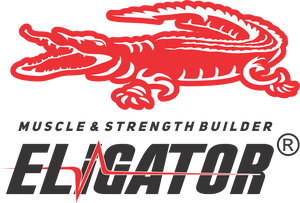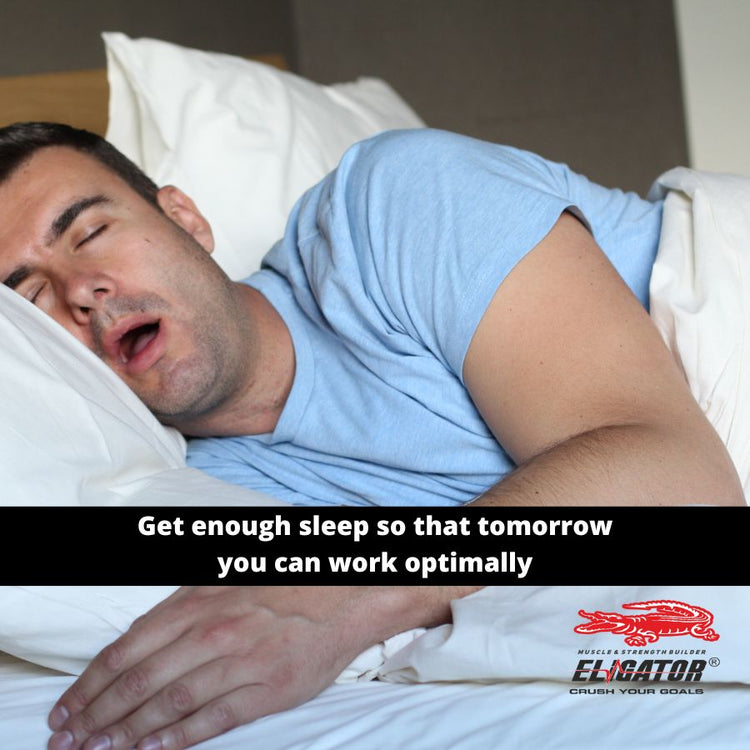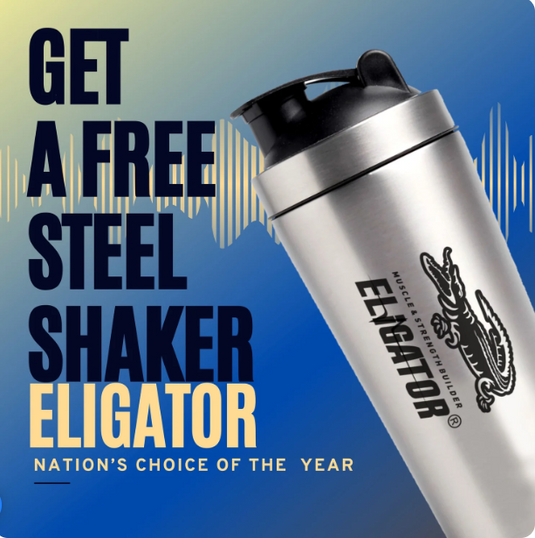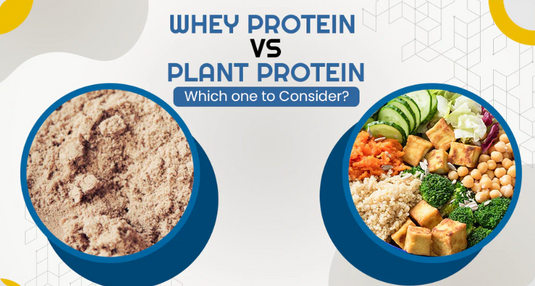In today’s fast-paced world, the pressure to perform at peak levels often leads to a relentless grind, where sleep becomes a luxury rather than a necessity. We live in a society that glorifies the hustle, often at the expense of our health and well-being. Amidst this hustle culture, the concept of power napping is emerging as a powerful tool to enhance productivity, creativity, and overall performance. But can a short nap truly unlock our full potential?
The Science of Sleep and Performance
Sleep is crucial for our physical and mental health. During sleep, our body undergoes vital processes of repair and regeneration. Our brain, on the other hand, consolidates memories and processes information. A lack of adequate sleep can lead to a myriad of problems, including impaired cognitive function, mood swings, decreased productivity, and even long-term health issues such as cardiovascular diseases and weakened immune systems.
Understanding Power Napping
Power napping refers to short, intentional naps lasting between 10 to 30 minutes. Unlike longer naps that can leave you feeling groggy, power naps are designed to rejuvenate without leading to sleep inertia, the drowsy feeling you get after waking up from a deep sleep. These short naps can help you recharge your brain, improve alertness, and boost your mood.
The Benefits of Power Napping
Improved Cognitive Function
Numerous studies have highlighted the cognitive benefits of power napping. A short nap can significantly improve memory recall, learning ability, and problem-solving skills. For instance, a study conducted by NASA on military pilots and astronauts found that a 26-minute nap improved performance by 34% and alertness by 54%.
Enhanced Creativity
Creativity often flourishes when the mind is relaxed and free from stress. Power napping provides a mental reset, allowing for new ideas to surface. Famous creatives like Salvador Dali and Thomas Edison were known to take short naps to spur their imaginative processes.
Better Mood and Stress Reduction
Lack of sleep is closely linked to increased stress levels and mood disorders. A quick nap can help regulate emotions and reduce stress. It acts as a mini-vacation for your brain, providing a break from the constant stimuli and demands of daily life.
Increased Productivity
In the corporate world, productivity is king. Power napping has been shown to enhance workplace efficiency. Companies like Google and Nike have embraced the napping culture by providing nap pods and quiet rooms for their employees. These forward-thinking organizations recognize that a well-rested employee is a more productive and engaged one.
Real-Life Examples of Power Napping Success
Thomas Edison
Thomas Edison, one of the greatest inventors of all time, was known for his unconventional sleeping habits. He believed in taking short naps throughout the day to keep his mind sharp and productive. Edison’s ability to think creatively and tirelessly work on his inventions can be partly attributed to his strategic napping routine.
Albert Einstein
Albert Einstein, the brilliant physicist, reportedly took naps to refresh his mind. His contributions to science were groundbreaking, and his habit of napping likely played a role in maintaining his mental acuity and innovative thinking.
Winston Churchill
Winston Churchill, the British Prime Minister during World War II, was a staunch advocate of power napping. Despite the enormous pressures of wartime leadership, Churchill managed to stay alert and make critical decisions, thanks in part to his regular afternoon naps.
How to Incorporate Power Napping into Your Routine
Find the Right Environment
Creating an optimal napping environment is crucial for a successful power nap. Find a quiet, comfortable place where you won’t be disturbed. Dim the lights or use an eye mask to create a restful atmosphere.
Keep it Short
The key to a refreshing power nap is keeping it short. Aim for 10 to 30 minutes. Set an alarm to avoid oversleeping and entering deep sleep stages, which can lead to grogginess.
Nap at the Right Time
The best time for a power nap is typically in the early afternoon, around 1 to 3 PM. This period aligns with a natural dip in your circadian rhythm, making it easier to fall asleep and wake up refreshed.
Listen to Your Body
Pay attention to your body’s signals. If you feel excessively tired or unfocused, it might be a good time to take a short nap. Incorporate napping into your daily routine gradually, observing how it impacts your energy levels and productivity.
Overcoming the Stigma
Despite the proven benefits, power napping still carries a stigma in some cultures, often being seen as a sign of laziness or weakness. It’s essential to shift this perception and recognize napping as a legitimate tool for enhancing performance and well-being.
Educate and Advocate
Raise awareness about the benefits of power napping in your workplace or community. Share scientific studies and real-life examples to dispel myths and promote a culture that values rest and rejuvenation.
Lead by Example
If you’re in a leadership position, lead by example. Encourage your team to take short breaks and provide a conducive environment for napping. Your endorsement can go a long way in normalizing the practice and improving overall workplace morale and productivity.
Embracing a Balanced Life
The hustle culture glorifies relentless work and minimal rest, but this approach is unsustainable and detrimental to long-term health and performance. Power napping offers a simple yet effective solution to achieve a balanced life, where productivity and well-being go hand in hand.
Personal Stories
Consider Sarah, a marketing executive who used to work 12-hour days without breaks. She constantly felt fatigued and burnt out. After learning about power napping, she decided to give it a try. Within weeks, she noticed a significant improvement in her focus and creativity. Her afternoons, once plagued by sluggishness, became her most productive hours. Sarah’s story is just one of many, illustrating how a small change can lead to profound benefits.
Conclusion
In the sleepless society we live in, power napping stands out as a beacon of hope. It’s a simple, cost-effective strategy that can unlock our peak performance and enhance our quality of life. By embracing power napping, we can break free from the shackles of constant fatigue and step into a world where rest is valued as much as work. So, the next time you feel the weight of the world on your shoulders, consider taking a power nap. It might just be the key to unlocking your full potential.




Receive the Blog via Email Daily
Please fill out the form below and we’ll get back to you within 24 hours.
